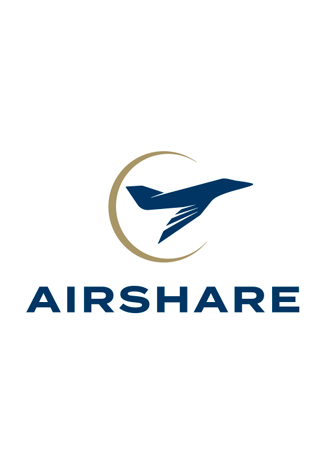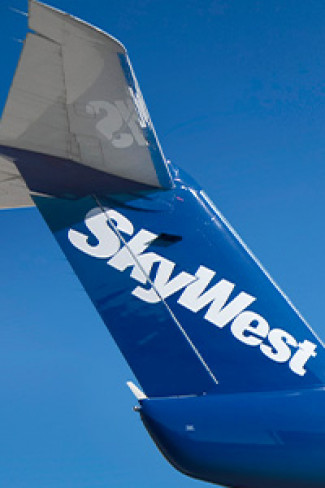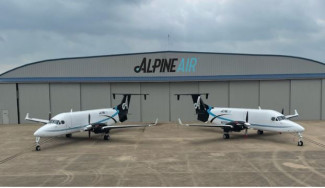From Commercial Pilot to Space Pilot: Is Your Body Ready?
Virgin Galactic wants to fly to the final frontier, and the airline has announced plans to offer flights that travel 50 miles above Earth’s atmosphere.
Although cabin space within the super-pressurized aircraft can only accommodate six people, commercial pilots will be needed. As Virgin Galactic hires pilots for space travel and other companies look into the futuristic industry, you may be wondering what it takes to elevate your career to these galactic altitudes.
And if you thought the aviation medical exam was tough, wait until you prepare for space. Let’s go over what you should expect from the new frontier of travel.
Within the Atmosphere
Flying at an altitude of 36,000 and 40,000 feet above ground has its perks. Engine output speed is steady, less fuel is burned than at lower altitudes, and there is way less traffic up there. Try to fly above this altitude and expect trouble.
Drastically thinner air above the sweet spot means a substantial difference in cabin pressure and engine requirements. In regards to soaring 50 miles above Earth, an aircraft engine would have to go at least three times the speed of sound, aka Mach 3, to achieve such great heights.
If you thought the aviation medical exam was tough, wait until you prepare for space.
Preparing for Mach Speed
To put Mach 3 into perspective, let’s compare current commercial airline speeds. The Boeing 747-8i, 747-400, 787, 777, and the Airbus A380 can go Mach 0.85 if conditions are right. Private jets, however, barely get close to Mach 1. So how can pilots prepare for flying at Mach speeds if no aircraft is up to the challenge?
First, pilots can practice withstanding G-LOC, or Gravity Induced Loss of Consciousness. G, or gravity's normal force on the body, is amplified when going at Mach speeds. When you experience anything stronger than 1-G for the first time, odds are you may blackout or lose consciousness altogether. That's if most of your blood pools at your feet. If the opposite occurs and the majority of your blood is in your head, you can anticipate headaches, a flushed face, and congestion.
As a pilot, you may have already experienced a higher G-Force than most people because an increase in gravity typically occurs during takeoff and landing. To increase this exposure on a more frequent basis, consider adding the anti-G straining maneuver (AGSM) to your work-out regime.
AGSM involves regulated breathing and tightening of specific muscles to manually direct blood flow. If done consistently, this practice should make it easier for you to stay conscious when flying at Mach speeds. And of course, avoid using narcotics, alcohol, and cigarettes because these drugs can reduce your ability to adapt in a timely manner up there.
Commercial Flights to Space
As of 2010, there were six companies officially looking into space flight, either for commercial or cargo use. Of those companies, Virgin Galactic appears to be the only airline paving the way to outer space. Nevertheless, pilots interested in exploring the final frontier, or at least getting really close to it, may soon have the option to do so.
-

Airshare 07/22/2024
-
Alpine Air 07/18/2024
-

Atlas Air 07/17/2024
-

Piedmont Airlines 07/10/2024
-

SkyWest 07/09/2024
 AIRLINE PILOT CENTRAL
AIRLINE PILOT CENTRAL